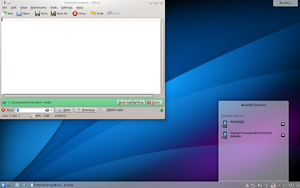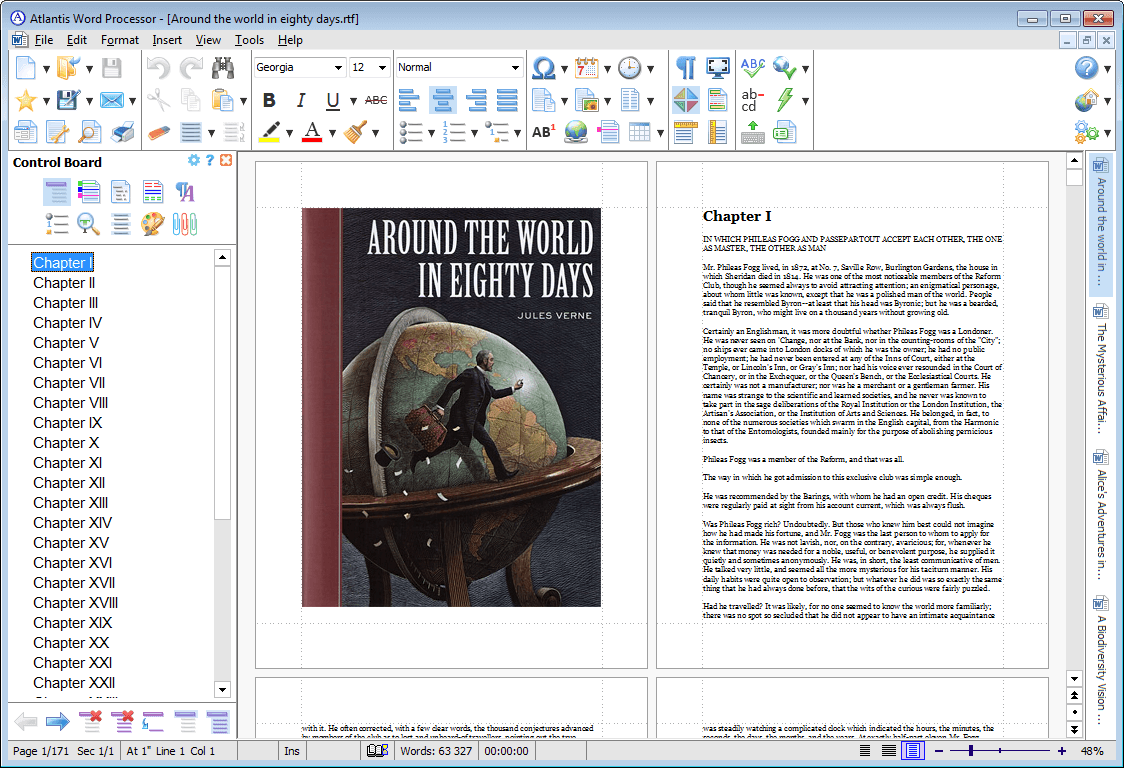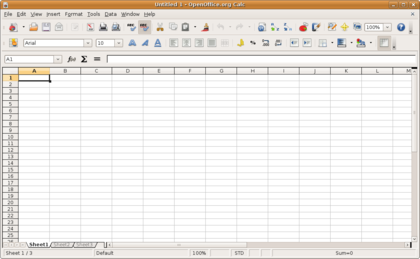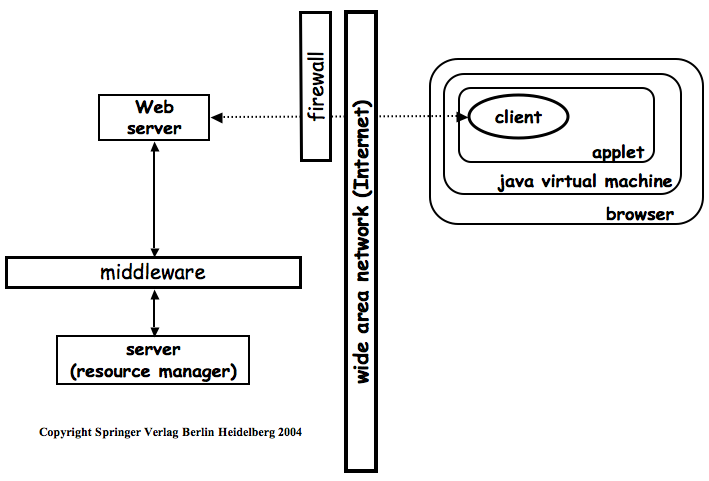File compression is the practice of packaging a file or files to use less disk space. It allows you reduce the overall number of bits and bytes in a file so it can be transmitted faster over slower Internet connections, or take up less space on a disk.
- An example of File compression software
Head Crash
A head crash is a hard-disk failure and it will cause significant damaga and date loss.. It can be initiated by a force that puts enough pressure on the platters from the heads to scratch through to the magnetic storage layer. Besides that, a tiny particle of dirt or other detritus, excessive shock or vibration, or accidentally dropping a running drive can also cause a head to bounce against its disk, destroying the thin magnetic coating on the area the heads come in contact with, and often damaging the heads in the process.
- An example of normal Hard Disc
-An example of Head Crashed Hard Disc
Internet Hard Drive
- Hugedrive.com is a website that provide Internet hard drive service.
The Internet hard drive will allow you to save your computer files into a remote hard drive, and then later access those very same files from any other computer but with a condition ,which is the computer has access to the Internet.
Optical Disc Drive
- An example of Optical Disc Drive
In computing, an optical disc drive (ODD) is a disc drive that uses laser light or electromagnetic waves near the light spectrum as part of the process of retrieve or store data to or from optical discs. T his drives are commonly both readers and recorders so it can read retrieve and store data to or from Compact discs, DVDs and Blu0-ray discs.
Solid-State Storage
A solid-state drive (SSD) is a data storage device that uses solid-state memory to store persistent data. SSDs are distinguished from traditional hard disc drives (HDDs) because it uses microchips which retain data in non-volatile memory chips and contain no moving parts. As a result, SSDs are typically less susceptible to physical shock, quieter, and have lower acces time and latency.

















